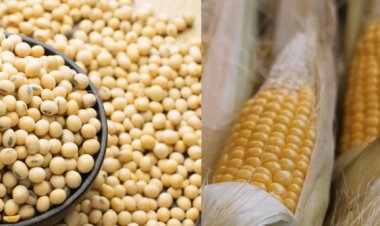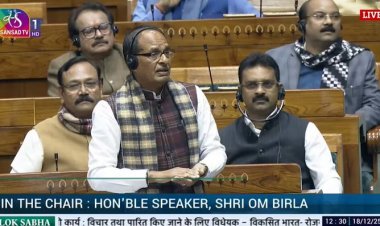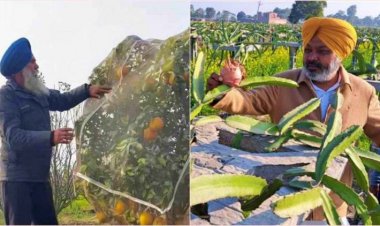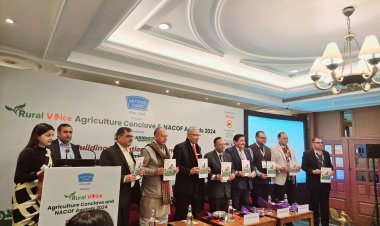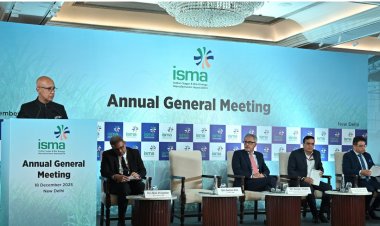Between 'All is Well' message of '3 Idiots' and pathetic tale of 'Do Bigha Zameen', India needs 'Swades' solutions for farmers
In a typical hard-to-decipher IMD language, the official forecast suggests that ''quantitatively, the Monsoon seasonal rainfall is likely to be 96% of the Long Period Average (LPA) with a model error of ± (plus/minus) 5%''. Anything sub 95% LPA is 'Below Normal' and above it is 'Normal'. Now, with a model error possibility of 5%, we will have to pray to Lord Indra for his benevolence so that the IMD model does not hit the negative bar of the error chart which would be 91% LPA. With an oceanic phenomenon like El Nino looming over the process of cloud formation, the possibility of the Monsoon model going on the plus side of the error margin, would be too ambitious.

Worried about heat waves or elusive rainfall in the Monsoon months of June to September? Sit back and relax, it is going to be fine! Farmers too ''need not worry about deficient rainfall''. This is a 'Sab Changa Hai' message from the Secretary, Ministry of Earth Sciences Dr M Ravichandran, who seems to be a diehard optimist greatly influenced by 'All is Well' Rancho played brilliantly by Aamir Khan in 3 Idiots.
The government's 'All is Well' message was reeled out on April 11, in PowerPoint graphics mapping alternatives about the prospects of the South-West Monsoon that enters India from God's Own Country - Kerala.
In a typical hard-to-decipher IMD language, the official forecast suggests that ''quantitatively, the Monsoon seasonal rainfall is likely to be 96% of the Long Period Average (LPA) with a model error of ± (plus/minus) 5%''. Anything sub 95% LPA is 'Below Normal' and above it is 'Normal'. Now, with a model error possibility of 5%, we will have to pray to Lord Indra for his benevolence so that the IMD model does not hit the negative bar of the error chart which would be 91% LPA. With an oceanic phenomenon like El Nino looming over the process of cloud formation, the possibility of the Monsoon model going on the plus side of the error margin would be too ambitious.
Related story: El-Nino at onset of monsoon season may affect rains
IMD's graphics show there is a 35% possibility of 'normal' rains. The possibilities of 'below normal' and 'deficient' are 29% and 22% respectively. These two 'below normal' and 'deficient' add up to 51%. To end this confusion, the odds seem to be going towards less wet weather this time around. The idea behind this small write-up is not to replay Bimal Roy's internationally acclaimed 'Do Bigha Zameen', a gripping tale of drought, carried by always-pauper-playing Balraj Sahni, but to highlight the need for a Plan B in case Rain God does not listen to our prayers. (By the way, Balraj Sahni had quite an aristocratic personal life, unlike his screen roles).
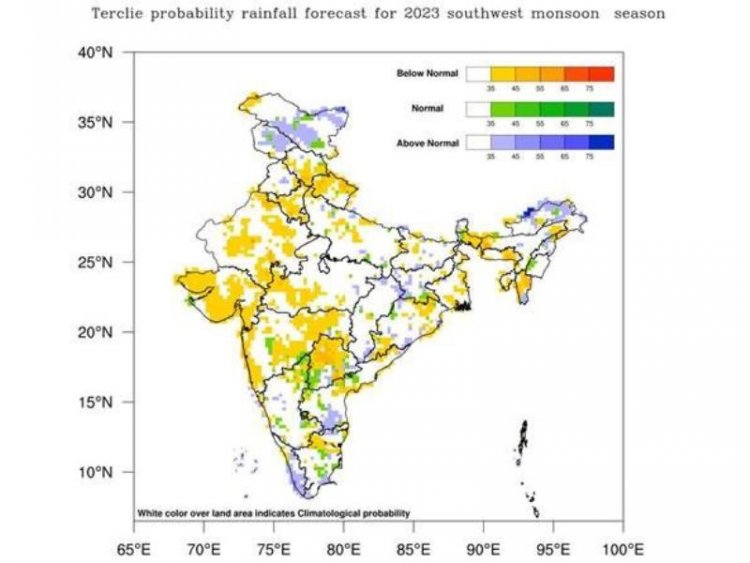
India has come a long way from the days of 'Do Bigha Zameen' - thanks to Green Revolution which made us self-sufficient or even surplus in foodgrains and Operation Flood in milk. But since 60% of our arable land is still dependent on rain, new challenges surface year after year. The situation has become even more precarious with the global food supply chain getting hit by the Ukraine-Russia war. The movement of wheat, sugar, and oilseeds gets into a spiraling effect besides the annual weather factor.
Why worry about the weather this year? Worry is on several counts and needs to be thought through and acted upon in a precision-like manner to pre-empt any weather-related or other consequential factors. There are already reports of a large swathe of wheat crop in Punjab, Haryana, and Western Uttar Pradesh getting damaged just before harvest because of hailstorms and rains in March.
Wheat production is expected to remain stagnant or lower than the estimates of 111 million tonnes this year. If Monsoon fails us, paddy, the major Kharif crop, would also be affected though officials do not want to believe so, hoping that the first phase of the rainy season is expected to be good enough for sowing! What about irrigating the green shoots; the Ministry of Agriculture seems to be pinning hopes on groundwater; as if groundwater does not need natural recharging!
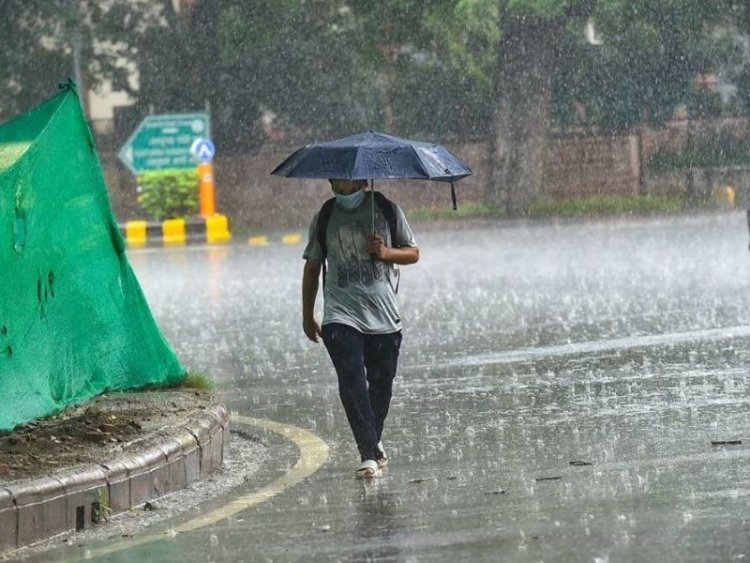
The implication for consumers would be higher prices for cereals. Screaming headlines for a drop in retail inflation by about one percentage point notwithstanding, cereals prices went up by 15.27% in March this year over the same period of 2022. Likewise, the annual inflation for milk and milk products was gauged at 9.31%, and spices at a whopping 18.21 %. At a further disaggregate level, which is visible in the wholesale prices, wheat prices went up by close to 10% in March in the mandis. It took a lot of effort and maneuvering by the government to release wheat in the open market to cool off prices.
Any complacency premised on 96% LPA rainfall could be costly in just about a few months. In fact, this whole Monsoon data is a game of averages of different regions of the country. What matters more is the equal or well-spread distribution of rain so that we all get rain. Lord Indra should be fair to each one of us and not favour his chosen few.
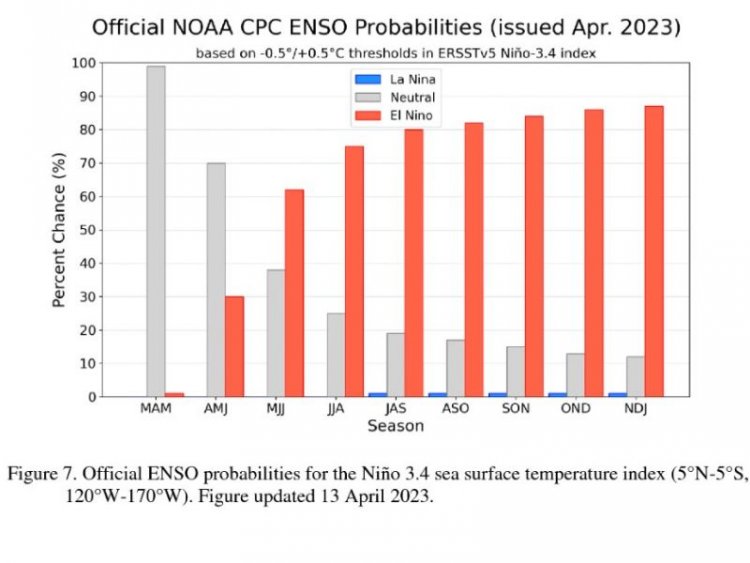
But a look at the April model mapping the Monsoon forecast clearly shows how most of the cereal-growing states of Punjab, Haryana, Rajasthan, Gujarat, and western Uttar Pradesh may remain parched. Luckier ones could include states like Kerala, Karnataka, and parts of eastern India. The IMD statement suggests ''normal to above normal rainfall likely over many areas of Peninsular India and adjoining East Central India, Northeast India and over some parts of Northwest India. Normal to below normal rainfall is likely over some areas of Northwest India and parts of Westcentral India and some pockets of Northeast India''.
Net-net, Plan B in terms of active guidance to farmers for diversification of crops for the Kharif or summer crop, restoring water bodies to capture whatever rainwater is available through the first phase of Monsoon is required.
Between '3 Idiots' and 'Do Bigha Zameen', the policymakers should watch Sharukh Khan starrer 'Swades'. Swades storyline? It is a 2004 film, watch it on YouTube -free!
(Prakash Chawla is a New Delhi-based independent journalist)



 Join the RuralVoice whatsapp group
Join the RuralVoice whatsapp group



















